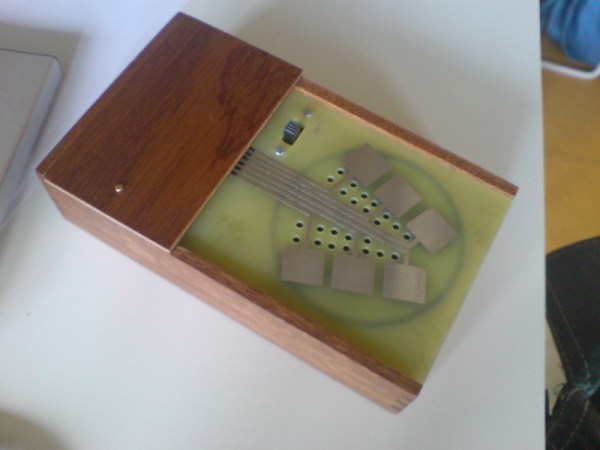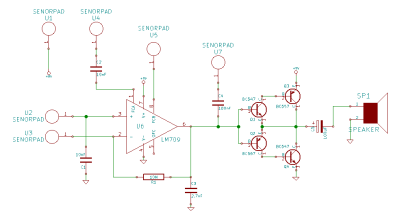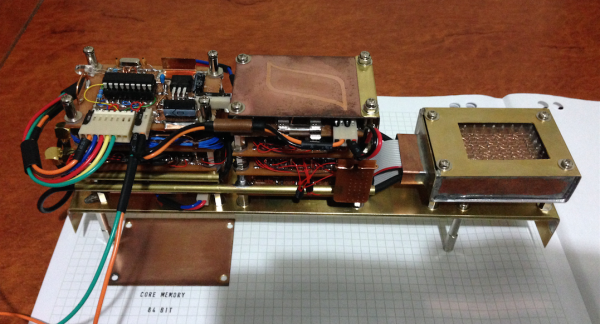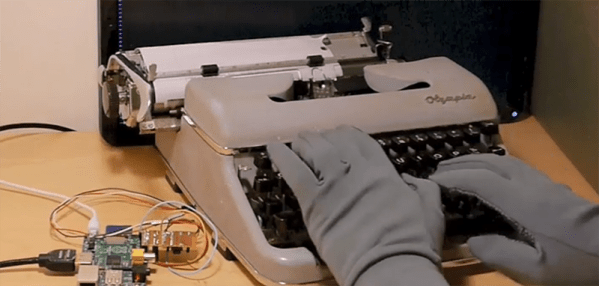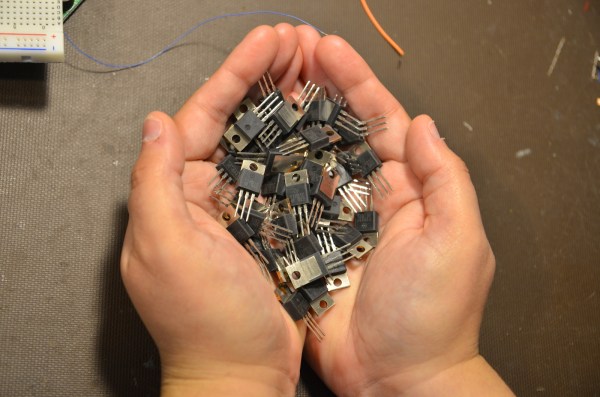When you’ve got a scanning electron microscope sitting around, you’re going to find ways to push the awesome envelope. [Ben Krasnow] is upping his SEM game with a new rig to improve image capture (video link) and more easily create animated GIFs and videos.
The color scheme of the SEM housing gives away its 80s vintage, and the height of image capture technology back then was a Polaroid camera mounted over the instrument’s CRT. No other video output was provided, so [Ben] dug into the blueprints and probed around till he found the high-resolution slow scan signal.
To make his Teensy-LC happy, he used a few op-amps to condition the analog signal for the greatest resolution and split out the digital sync signals, which he fed into the analog and digital ports respectively. [Ben] then goes into a great deal of useful detail on how he got the video data encoded and sent over USB for frame capture and GIF generation. Reading the ADC quickly without jitter and balancing data collection with transmission were tricky, but he has established a rock-solid system for it.


